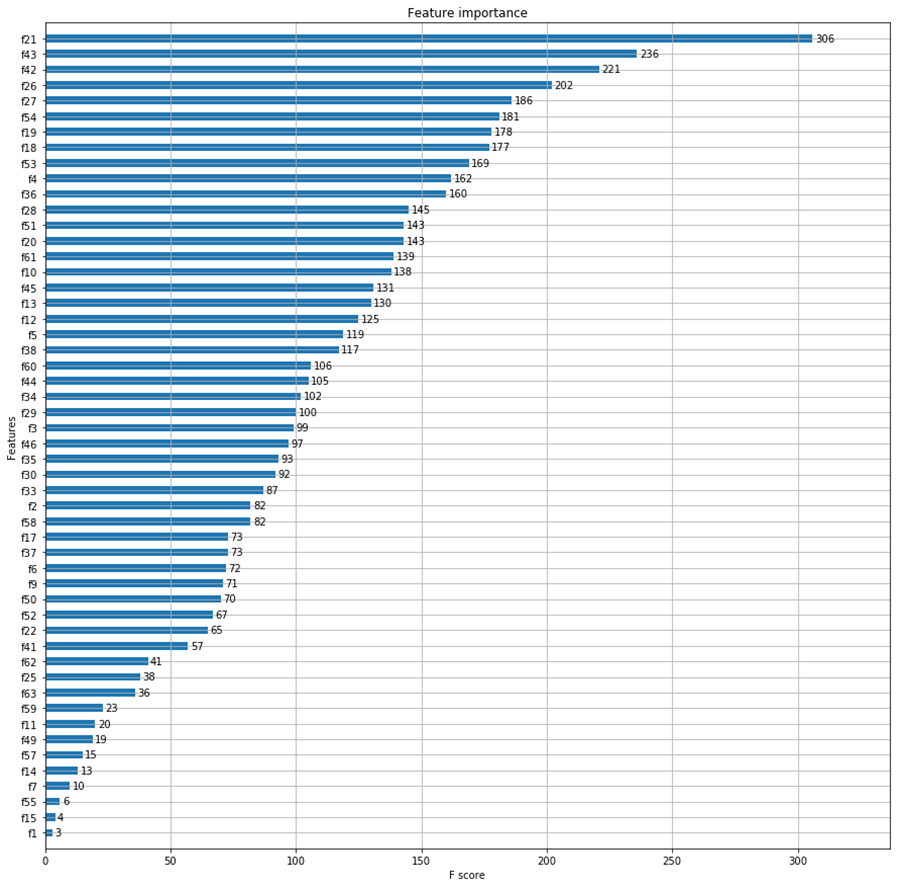Reprinted from: https: //blog.csdn.net/qq_30868235/article/details/80370060
1. Data Set
Dataset sklearn own handwritten numeral recognition data set mnist, introduced through the function datasets. mnist total of 1797 samples, 8 * 8 wherein, the tag numbers from 0 to 9 ten.
### load data
from sklearn import datasets # Loading data set
digits = datasets.load_digits () # Loading mnist data set
print (digits.data.shape) # prints the input spatial dimension
print (digits.target.shape) # printout spatial dimensions
"""
(1797, 64)
(1797,)
"""
2. Data Set Partitioning
sklearn.model_selection train_test_split functions in the divided data set, wherein the parameter is the ratio test set test_size occupied, random_state random seed (to be able to reproduce the experimental results set).
3. The relevant model (model loaded - training model - model predictions)
XGBClassifier.fit () function is used to train the model, XGBClassifier.predict () function to use the model to make predictions.
### model relevant
from xgboost Import XGBClassifier
Model = XGBClassifier () # load the model (model named Model)
model.fit (x_train, y_train) # training model (training set)
y_pred = model.predict (x_test) # model predictions (test set), y_pred prediction results
4. Performance Evaluation
sklearn.metrics accuracy_score function used to determine the accuracy of the model predictions.
5. The importance of features
xgboost analyzes the importance of features, draw pictures by function plot_importance.
6. complete code
